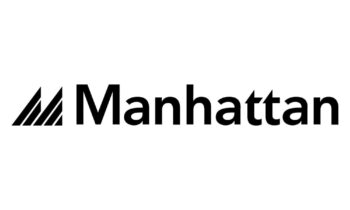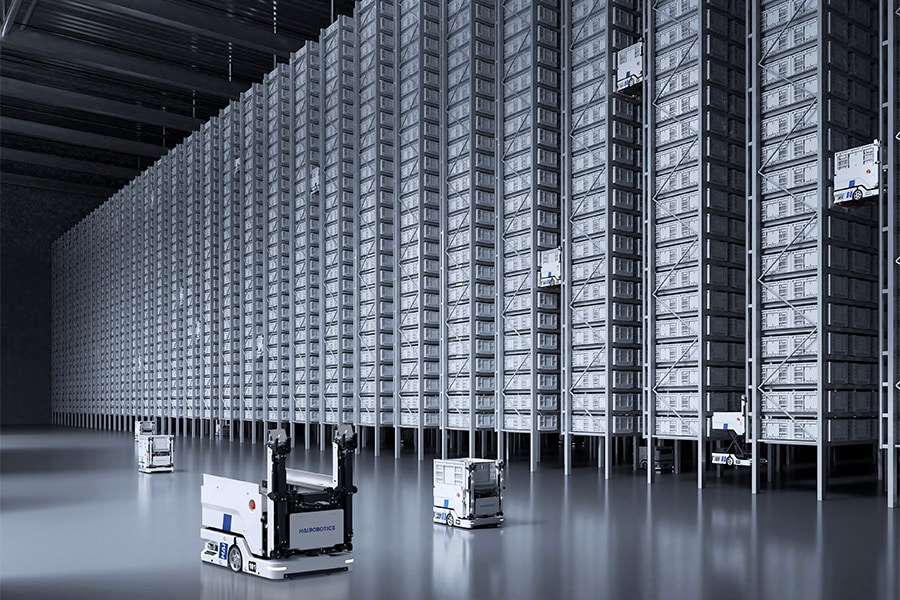
Towards smart and efficient workforce planning in warehouses with ORTEC Workforce for Warehousing
In the logistics sector, efficiency is not a luxury but a pure necessity. Especially in warehouses, where staff shortages, peak workloads and last-minute changes are the order of the day. Yet staff scheduling in many warehouses remains surprisingly manual and fragmented. ORTEC is changing that with ORTEC Workforce for Warehousing, an innovative, web-based solution. "You get more out of your people, while at the same time reducing operating costs and increasing flexibility on the shop floor," says Jeroen Vangrunderbeeck, Industry Leader Workforce at ORTEC.
The challenges in warehouse planning are not tame: fluctuating demand, ad hoc changes and departments that often operate in their own silos. "One department may be waiting for staff, while another just has people to spare," explains Jeroen Vangrunderbeeck. "ORTEC makes it possible to smartly distribute that capacity across departments - fully automated."
Thanks to an advanced optimization algorithm, a roster is generated for large groups of employees simultaneously, spread across multiple teams and departments and for an entire site. This makes it possible to use your permanent employees optimally first, and only then to hire temporary workers. "This way you avoid unnecessary costs as well as overloading your employees."
This centralized approach not only provides peace of mind in planning, but also creates space to work more strategically. Instead of putting out fires, planners can focus on continuously improving processes.

Task planning at the right time
ORTEC not only provides insight at the service level, but also zooms in at the task level. The system analyzes the expected workload and proactively detects shortages or surpluses. This allows planners to adjust capacity before tasks are actually assigned. "You no longer have to do the task allocation manually, which saves an enormous amount of time and errors," said Vangrunderbeeck. "And you can wait until the last minute to plan, based on the most current data."
This just-in-time approach prevents schedules from being out of date even before the workday begins. It also ensures a better match between task and employee, which increases efficiency as well as staff satisfaction.
Seamless cooperation with employment agencies
Many warehouses require the use of temporary workers. ORTEC facilitates that collaboration with a built-in platform where staffing agencies can manage their pool. Both short and long-term contracts are coordinated through the platform. "You easily select the right temporary worker based on the requirements, and you keep everything within one system," says Vangrunderbeeck. "That makes ad hoc switching as well as structural collaboration much more efficient."
The platform also offers transparency: planners have insight into the availability of temporary workers as well as the terms of the collaboration. "And all that without endless mail traffic or Excel files," he adds.

Concrete results, tangible impact
The benefits of ORTEC are clear and measurable. Jeroen Vangrunderbeeck: "Companies that implement our solution report, among other things, the following impressive figures: five percent higher productivity thanks to better planning and task allocation, ten percent less overtime thanks to the right match between workload and available capacity, three percent lower labor costs by centralizing and more efficiently deploying their own staff, and no less than eighty percent time savings in creating rosters, thanks to automated processes. So the effect is huge, especially when you switch from decentralized to centralized scheduling, Fewer planners, less manual work, and therefore more control."
Leading practice cases
Major players such as Katoen Natie, Nike, Colruyt Group and DSV are already convinced. Not only to save costs, but also to become more resilient in an industry that needs to move faster and faster. ORTEC gives managers more control, employees more satisfaction and companies a clear edge.
"Flexibility, insight and efficiency - that's what it's all about today," Vangrunderbeeck concludes. "Those who invest in smart planning now are better armed for the future."



